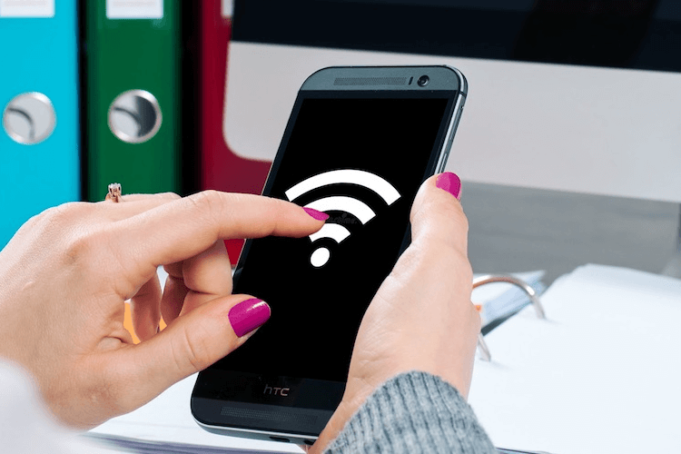There are an estimated two billion smartphone users worldwide, and an estimated 80% of mobile traffic originates from or ends within a building.
With this in mind, it is essential that residents, visitors and workers have access to solid and reliable cellular coverage to make proper use of their mobile devices. Notwithstanding this, solitary an expected 2% of business structures have committed innovation to guarantee solid and dependable indoor versatile inclusion and limit.
The second portion of a new worldwide investigation, appointed by Global Network Infrastructure, overviewed experts who plan and oversee such structures, including building directors, offices supervisors, land administrators, and architects, to explore this business opportunity without exploit and consumer need. Also, for the best signals, we can go for the Vodafone signal booster.
Connectivity Benefits
Respondents guaranteed that indoor remote inclusion could expand a property’s estimation by 28% all things considered, which means a $2.5 million place of business could be worth $700,000 more with a devoted indoor cell framework.
Respondents also cited benefits for the company tenant, including an increase in workforce productivity (77%), supporting the hiring of more talented people (46%), and even attracting more visitors (39%). Two-thirds of those surveyed also rated indoor wireless connectivity “essential” for employees.
Challenges to Overcome
Giving versatile inclusion to clients inside bigger and more mind-boggling structures may require an interest in devoted innovation. However, there is clear concern about who is responsible for the provision and management of this infrastructure.
When asked who is responsible for providing cell coverage in a building:
- Only one in five (22%) thought that building managers should guarantee mobile coverage.
- More than a third (35%) pointed to network operators.
- A quarter (26%) emphasized IT managers.
When asked what challenges were preventing those from providing dedicated indoor wireless networks, they identified these top three obstacles:
- The cost of the network (35%)
- The complexity of technology (19%)
- Lack of qualified workers to manage it (11%)
According to the survey, it’s believed that construction professionals must take greater responsibility. Individuals are fixated on their cell phones and consider that indoor remote inclusion is similarly as significant as approaching water and power.
Now is the time for construction professionals to step up and take charge of connecting their tenants to mobile networks.
While there is clear concern about the cost and complexity of the technology, building owners must recognize that ignoring this issue could result in more expensive work down the road. Working with architects, facility managers, and companies at an early stage will ultimately save money, as well as providing improved user experience.
Only by taking the initiative will building owners be able to provide much-needed connectivity on their properties.














